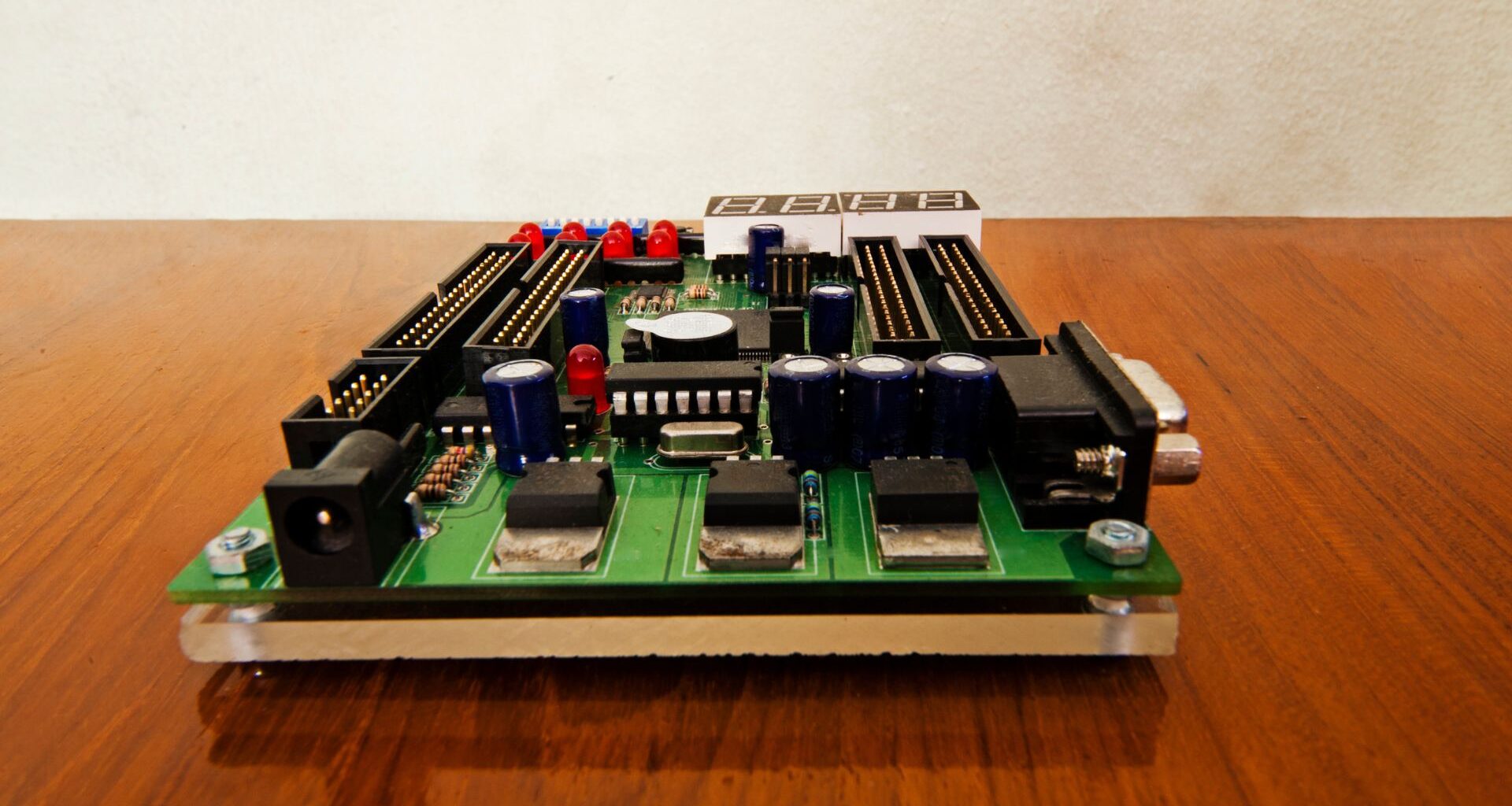A collaborative research team has unveiled a high-performance self-charging energy storage supercapacitor that efficiently captures and stores solar energy, a significant advancement for sustainable energy.
This innovative technology combines supercapacitors and solar cells, marking a milestone in energy storage developments.
The groundbreaking study, published in the journal Energy, highlights how the research team has enhanced the capabilities of existing supercapacitors.
Self-charging supercapacitor
By employing composite materials made from nickel-based carbonates and hydroxides, they achieved impressive results in energy efficiency.
The team incorporated various transition metal ions, including manganese (Mn), cobalt (Co), copper (Cu), iron (Fe), and zinc (Zn), to boost the conductivity and stability of the electrodes.
The results of this research are compelling. The new energy storage device boasts an energy density of 35.5 watt-hours per kilogram (Wh kg⁻¹), significantly surpassing figures reported in earlier studies, which typically ranged from 5 to 20 Wh kg⁻¹.
Furthermore, the power density achieved is an impressive 2555.6 watts per kilogram (W kg⁻¹), far exceeding previous benchmarks of around 1000 W kg⁻¹.
Such capabilities enable the device to deliver high power rapidly, allowing for an immediate energy supply, especially for devices requiring power bursts.
Another key feature of this innovation is its durability. The device exhibits minimal performance degradation after numerous charge and discharge cycles, indicating its long-term viability.
This resilience makes it a promising option for real-world applications.
In addition to its impressive storage capabilities, the research team has successfully created a hybrid energy storage device that integrates silicon solar cells with supercapacitors.
63% efficiency
This combination allows the system to store and utilize solar energy in real time. Impressively, the hybrid system achieved an energy storage efficiency of 63%, alongside an overall efficiency of 5.17%.
These advancements suggest a bright future for commercializing self-charging energy storage solutions.
“This study represents a significant achievement, as it introduces Korea’s first self-charging energy storage device that seamlessly integrates supercapacitors with solar cells,” Jeongmin Kim, a Senior Researcher at the Nanotechnology Division of DGIST, emphasized the importance of this development, said.
“By leveraging transition metal-based composite materials, we’ve addressed the limitations of traditional energy storage technology and offered a sustainable energy solution.”
Damin Lee, a researcher at the Renewable Energy Laboratory of Kyungpook National University, added, “Our team is committed to conducting follow-up research to further enhance the device’s efficiency and unlock its full commercialization potential.”
The development of this self-charging energy storage device comes at a crucial time as the world moves toward cleaner energy solutions.
This new technology enhances energy storage capabilities and paves the way for more efficient solar energy use, aligning with global efforts to reduce carbon emissions and promote sustainability.
As researchers continue to refine this technology, the potential applications for self-charging devices are vast, from powering homes to supporting electric vehicles.
The future of energy storage looks promising with the developments emerging from this innovative collaboration.
In conclusion, this breakthrough represents a significant stride toward achieving efficient, sustainable energy solutions supporting consumer needs and broader environmental goals.
The collaboration between these research institutions signifies a hopeful path forward in pursuing advanced energy technologies.
